by Chris Miskimon
Collision of Empires: The War on the Eastern Front in 1914
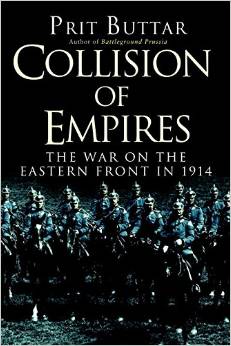 World War I was only days old when German General of the Infantry Hermann von François went forward to view his soldiers engaged in combat south of Stalluponen in East Prussia. It was August 17, 1914, and the Russians were advancing against the outnumbered Germans. François commanded the I Corps of the German 8th Army, and he decided that he could defeat the larger Russian force with his higher quality troops.
World War I was only days old when German General of the Infantry Hermann von François went forward to view his soldiers engaged in combat south of Stalluponen in East Prussia. It was August 17, 1914, and the Russians were advancing against the outnumbered Germans. François commanded the I Corps of the German 8th Army, and he decided that he could defeat the larger Russian force with his higher quality troops.
During the battle Francois moved south, where several battalions of the German 2nd Infantry Division under General Adalbert von Falk were engaged near an area known as the Rominte Heath. Russian troops from two different divisions were advancing toward that location. They not only were placing pressure on the Germans but also creating an opportunity by their movement. The two Russian units were from different corps, so they were not acting in a coordinated fashion. Soon a gap several miles wide yawned between the divisions.
Falk had only a regiment’s worth of men available, but he acted aggressively. He marched toward the sound of the guns and counterattacked through the gap. The Germans were soon rampaging behind Russian lines. This was where François found his subordinate, leading an attack against one of the Russian division’s flanks. Dead Russians littered the field interspersed among even more wounded. German troops led Russian prisoners away. A Russian colonel named Komarov, who was badly wounded in the chest, sat in a ditch. François went on as Russian medics tended their officer, who unfortunately died later.
By the end of the day, the outnumbered Germans had driven the Russians back toward their own border, thus achieving victory. The Germans had inflicted 5,000 casualties on the Russians while suffering 1,300 of their own dead and wounded. At least 3,000 more Russians were taken prisoner. It was a lopsided victory won essentially due to the initiative of various German officers and a lack of effective Russian communication.
The Battle of Stalluponen was the opening battle of World War I on the Eastern Front, a theater of that war largely overlooked in the West. Although the importance of the Eastern Front in World War II is now well established, the history of the fighting on that front from 1914 to 1918 is hardly known outside the Battle of Tannenburg. This history is now getting its just due in Collision of Empires: The War on the Eastern Front in 1914 (Prit Buttar, Osprey Publishing).
The centennial of World War I is under way, and authors around the globe are writing many new books about the war. This book certainly ranks among the best of them. It provides an effective introduction to a part of the war few English language readers know about. Relatively little has been published in English on the Eastern Front, and with this new work the author has established himself as an expert on the subject.
The Supercarriers: The Forrestal and Kitty Hawk Classes
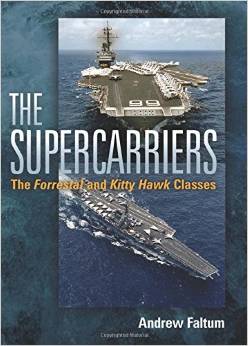 The Supercarriers: The Forrestal and Kitty Hawk Classes (Andrew Faltum, Naval Institute Press)
The Supercarriers: The Forrestal and Kitty Hawk Classes (Andrew Faltum, Naval Institute Press)
One of the most ubiquitous symbols of the Cold War was an American aircraft carrier. Whenever the interests of the United States were threatened or conflict loomed, one could be sure a carrier task force was steaming close by. If a shooting war broke out with U.S. troops involved, several carriers would be offshore, bombing enemy targets and fighting to achieve air superiority over any opponents.
All the carriers built after World War II were supercarriers. They were vastly larger than anything left over from that conflict. Supercarriers were built to be floating cities capable of sustaining themselves for extended periods and able to handle the new, larger jet aircraft with ease. The eight ships of the Forrestal and Kitty Hawk classes, almost identical to each other, served for decades, taking part in numerous deployments and showing the U.S. flag around the world.
The strength of this book is in the author’s ability to take technical subjects and describe them in an easy to understand way, thus enabling readers with little knowledge of naval and aviation matters to follow his descriptions and explanations. At the same time, the author’s attention to detail should satisfy even readers who served aboard one of these mighty vessels. Each chapter covers significant events in the histories of these ships, from their conception in the early days of the atomic era to their eventual retirement in the post-Cold War period. By the time they were finally replaced altogether by the even larger nuclear-powered ships of the Nimitz class, they had given more than a half century of service to the Navy and the United States.
China’s Battle for Korea: The Spring 1951 Offensive
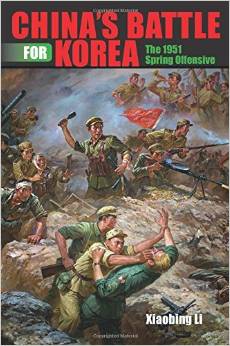 China’s Battle for Korea: The Spring 1951 Offensive (Xiaobing Li, Indiana University Press)
China’s Battle for Korea: The Spring 1951 Offensive (Xiaobing Li, Indiana University Press)
On April 22, 1951, China launched its largest and most vital offensive of the Korean War. It involved more than 700,000 troops with 33 infantry and four artillery divisions. This juggernaut pushed south with the goal of decisively defeating the American-led U.N. forces and ending the conflict. Those forces resisted, applying mass firepower; one Chinese soldier called the American artillery barrages “fire walls” and said they were so heavy that they could stop an attack cold. Eventually, the Chinese assault was stopped, the South Korean capital of Seoul was successfully defended, and Chinese troops were forced back to the northern side of the 38th Parallel. The defeat compelled Chinese leaders to enter negotiations rather than pursue total victory.
The author has written widely on the Korean War, and his expertise shows in this detailed study of the Chinese military. Little has been published in English about the Chinese point of view and their decision-making processes; this book goes a long way toward redressing that imbalance. The author uses Chinese archival material extensively, as well as American and other accounts, to present a balanced presentation of the Korean War.
Lords of the Sky: Fighter Pilots and Air Combat, From the Red Baron to the F-16 (Dan Hampton, William Morrow Publishers, New York, 2014, 623 pp., maps, photographs, appendices, glossary, notes, bibliography, index, $29.99, hardcover)
The history of fighter aircraft and those who flew them is now a century old. From the first scout-fighter planes of World War I to the supersonic technological wonders of the 21st century, the fighter has evolved from an adjunct reconnaissance asset to a major element of a nation’s combat power.
Hampton is a retired fighter pilot who brings his expertise to his writing. From tales of the Red Baron to Lidiya Litvyak, the world’s first female fighter ace, through to the pilots who dropped their ordnance on Saddam Hussein’s Iraq, their stories are blended in with the wider picture of the wars in which they fought. This gives the book a well-rounded flavor, allowing the reader to understand how the battle in the skies of a given war fits into the larger conflict as a whole.
One item of note is the consistency of the fighter pilot over time. In terms of technology, aircraft have come a long way in a century from open-cockpit, propeller-driven biplanes to modern jets that could not even stay aloft without complicated electronics. Some modern aircraft would be practically unrecognizable to a World War I-era pilot. Those pilots are much the same type of person regardless of time, though. Most are cocky, aggressive, and confident whatever the age.
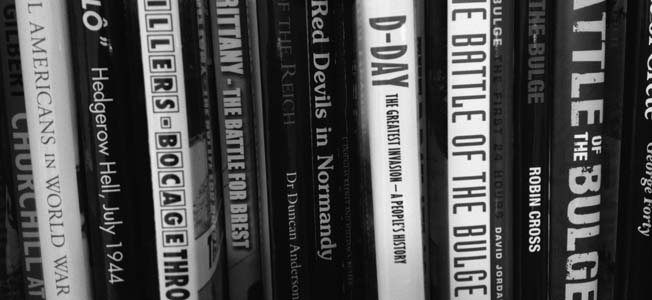
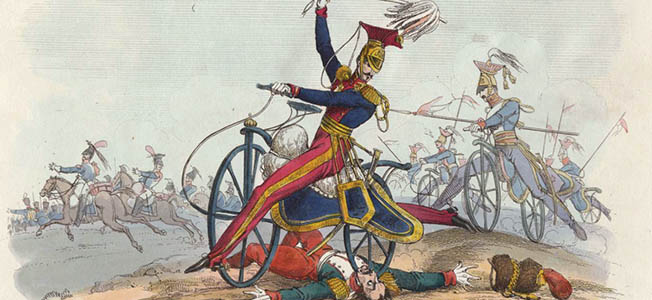
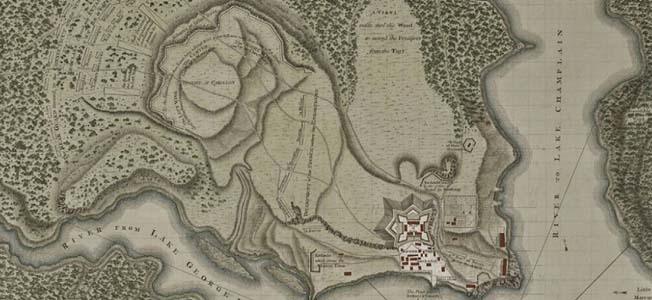
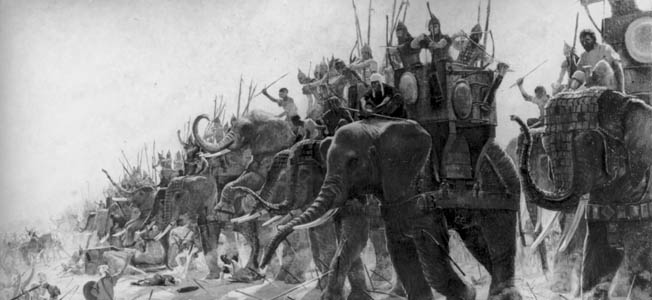

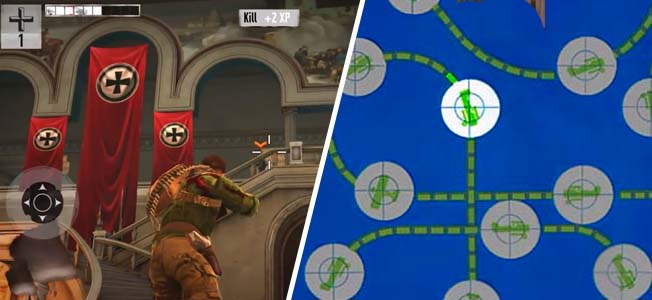
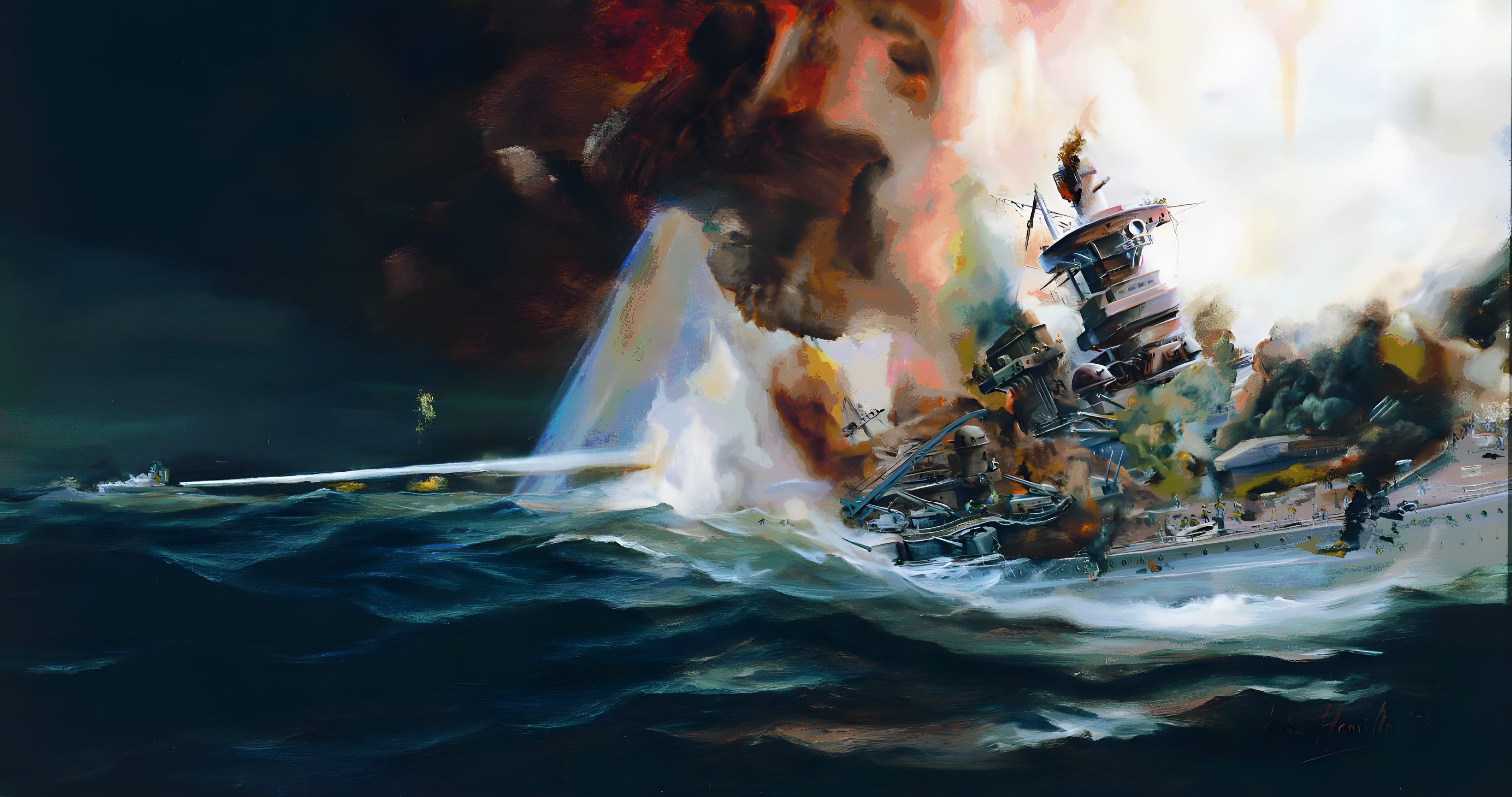
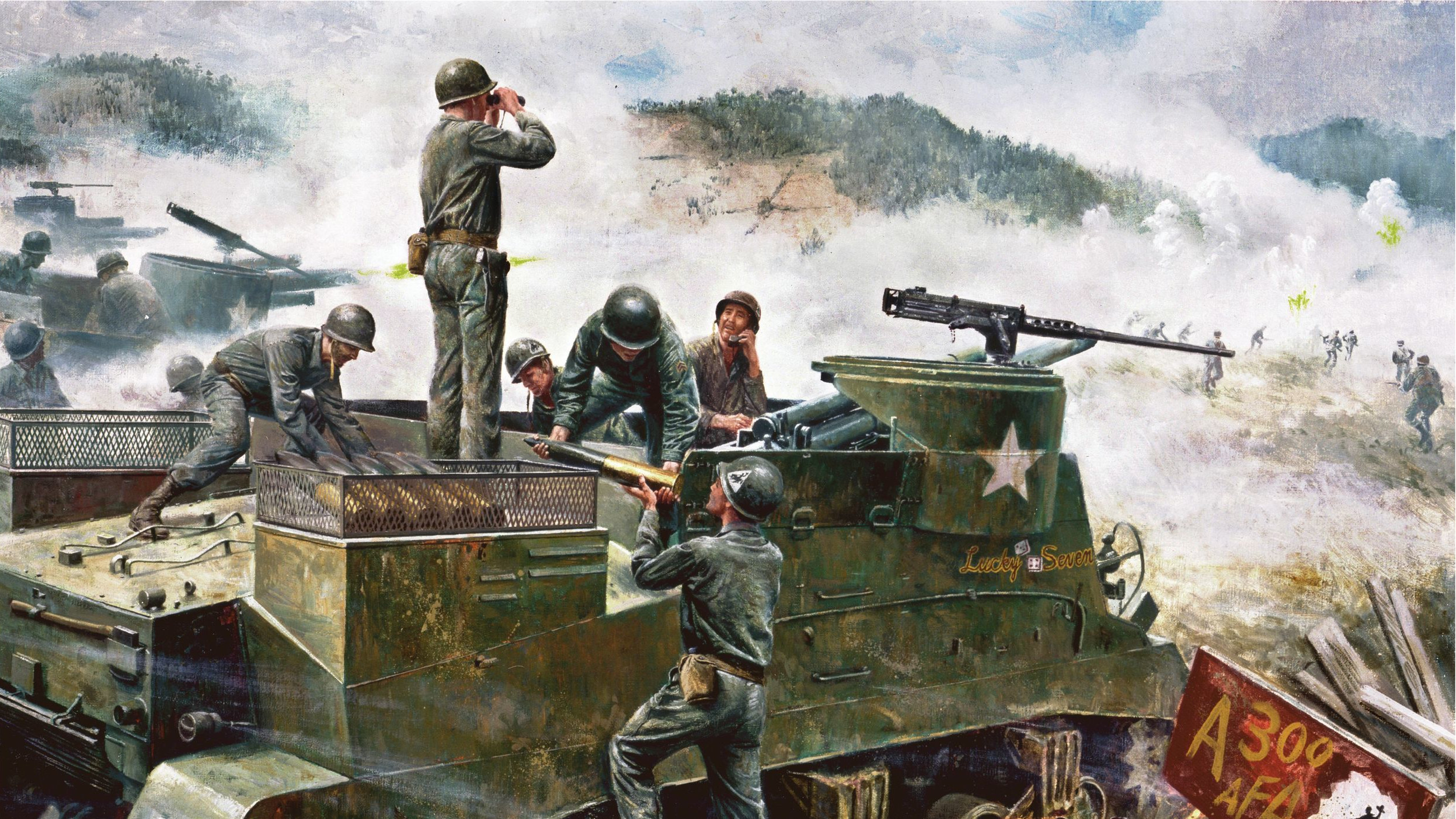
Join The Conversation
Comments
View All Comments